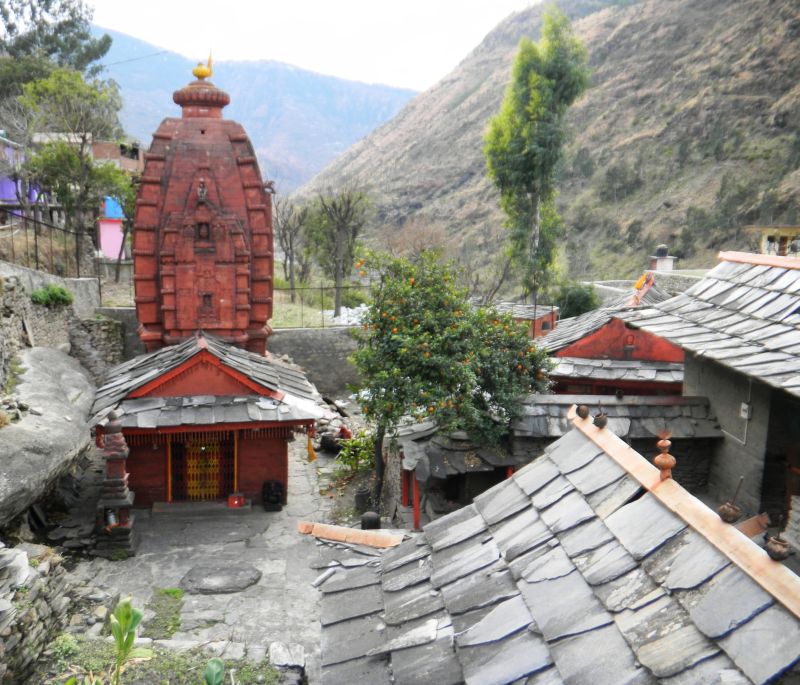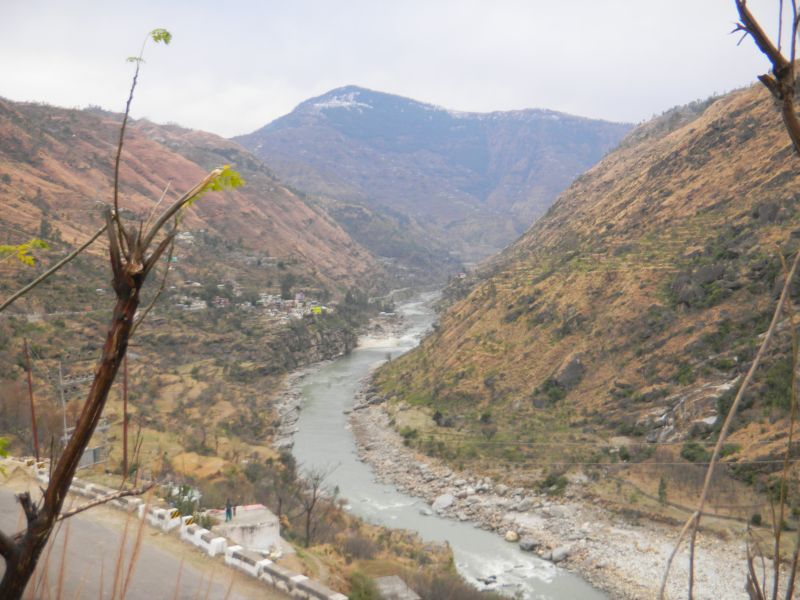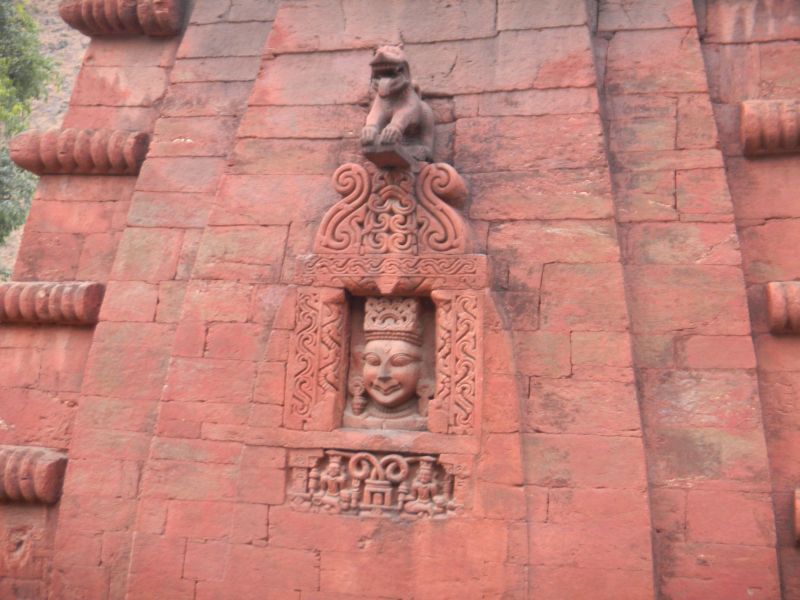
Silent sentinel of a bygone age, price the Sun Temple at Nirath is a magnificent monument. In a mountain land where most temples have been built in reverence of valley gods and goddesses, generic this is a rare one where the riverside village community worships Surya Dev (Sun God), treatment one of the older Vedic gods.
Lately a lot of construction has taken place at Nirath but the dressed stone shikara of the Sun Temple stands out. There is no definite year that archaeologists set as to when the temple was constructed but by studying the foundations they date its origins back to the 7th century. The upper structures appear to have been rebuilt at a later date, which is not later than the 12th century. Standing over smaller shrines and other structures, the temple shikara is guarded by stone cast lions, warding off evil from all four directions. Wooden pillars and wooden beams have rich carvings of human figurenes, flowers and geometrical designs on them.

The finely chiseled stone idols have been blackened by centuries of incense burning and offerings made and worship. These idols appear to be remnants of the older temple and have been embedded in the structure that was rebuilt later. Shiva lingams cut in stone are placed in the small courtyard and there are many idols put up at different places around the complex.
Build at an altitude of 950 meters from sea level, the temple lies in a sheltered valley with the fast flowing River Sutlej on one side and an ancient trading route to Tibet on the other. The old trade route has made way for a national highway going up to Kinnaur and Spiti valley. Ruffle of a delicate wind playing up the leaves of a citrus tree growing in the courtyard and the distant hum of water flowing by render the pilgrim to be one with the elements here. An occasional temple bell disturbs the peace.
There are not may sun temples in the country and though not so famous as the Konark Temple, the Nirath Sun Temple is one of its kind in Himachal Pradesh and much across north India.

No temple in the hills is without a unique legacy that is passed on from generation to generation through word of mouth. Some of these myths and legends have been recorded only recently while many others are still being documented. Brushing aside the archeologists’ versions, the temple care takers claim that the Sun Temple’s founding date precedes the Mahabharata days. They believe that the temple was founded by Lord Parshuram, who lived in an age before the Kuru clan waged the mighty Kurukhestra battle as described and recorded in the Mahabharata epic. Another story holds that the Pandava brothers stayed at the temple during a time when the five of them with their common wife had to spend the last year of their 14 years exile in anonymity.
Whatever the story of the temples founding be, Buddi Diwali, a festival celebrated at Nirath centered around the temple is a good time to snatch glimpses of a culture that has undergone much change with modernity. The elephant headed Lord Ganesh, who is the presiding deity of Majhvati, a neighboring village, comes visiting each December, carried by the faith bearers in a beautifully decorated palanquin. Merrymaking and dancing to beating of drums around bonfires, late into the night, are part of the festivities. Turned out in new dresses, especially so after a good harvest, the men and women folk in Raijta (flowing full length skirt), Dhatu (head scarf) and Gacchi (worn around the waist) make for a colourful gathering during the festival.
Getting there; Nirath can only be reached by road. It is about 115 Kms from Shimla. The road goes past Narkanda, famous for its skiing slopes, before descending into the Satluj valley. The summer can be humid and hot, but from September to March are a good time to visit Nirath and other parts of Satluj valley.







